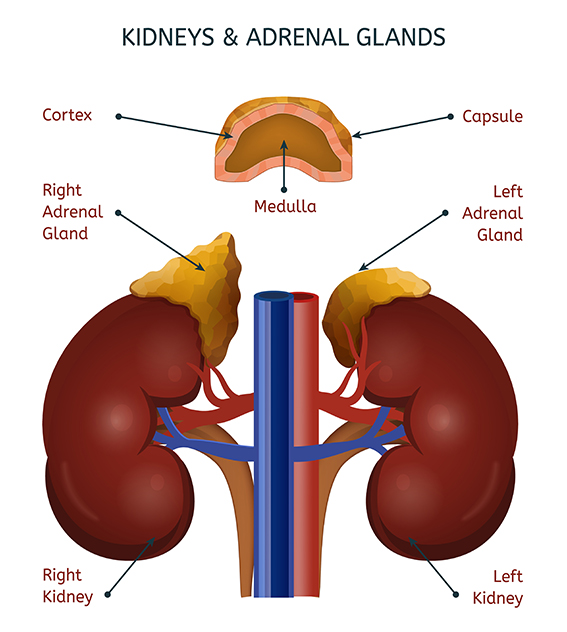Among the eimorim, the portions of non-olah animal korbanos that are burned on the mizbe’ach, in contrast to the animal’s meat, which is eaten, is the cheilev she’al hak’layos – the “fat atop the kidneys.”
That reference is not to “fat” as we define the word, but, rather, to the yellowish glands that sit upon the kidneys of mammals and birds. That is to say, the adrenal glands.
Those structures are what produce epinephrine, also known as adrenaline, which plays the dominant role in the “acute stress response,” often called the “fight-or-flight” reaction, to a danger.
Epinephrine might be thought of as an “amplifier” or “heightener” of a body’s readiness to act. When produced, it causes pupils to dilate, allowing more light to be sensed; it opens airways wider; it directs blood to muscles and makes hearts pump harder and faster.
We don’t know, of course, how korbonos “work,” what effects they have in the spiritual realm. And those who offered them can be assumed to have lacked knowledge of what physiological effects the “fat atop the kidneys” have on organisms. But it can certainly be argued that korbonos are, if not exclusively then largely, expressions of determination and decisiveness, of readiness to take action.
And so it’s intriguing that the cheilev she’al hak’layos are associated physiologically with “acute stress response,” or what we might deem a “call to action.”
© 2025 Rabbi Avi Shafran
